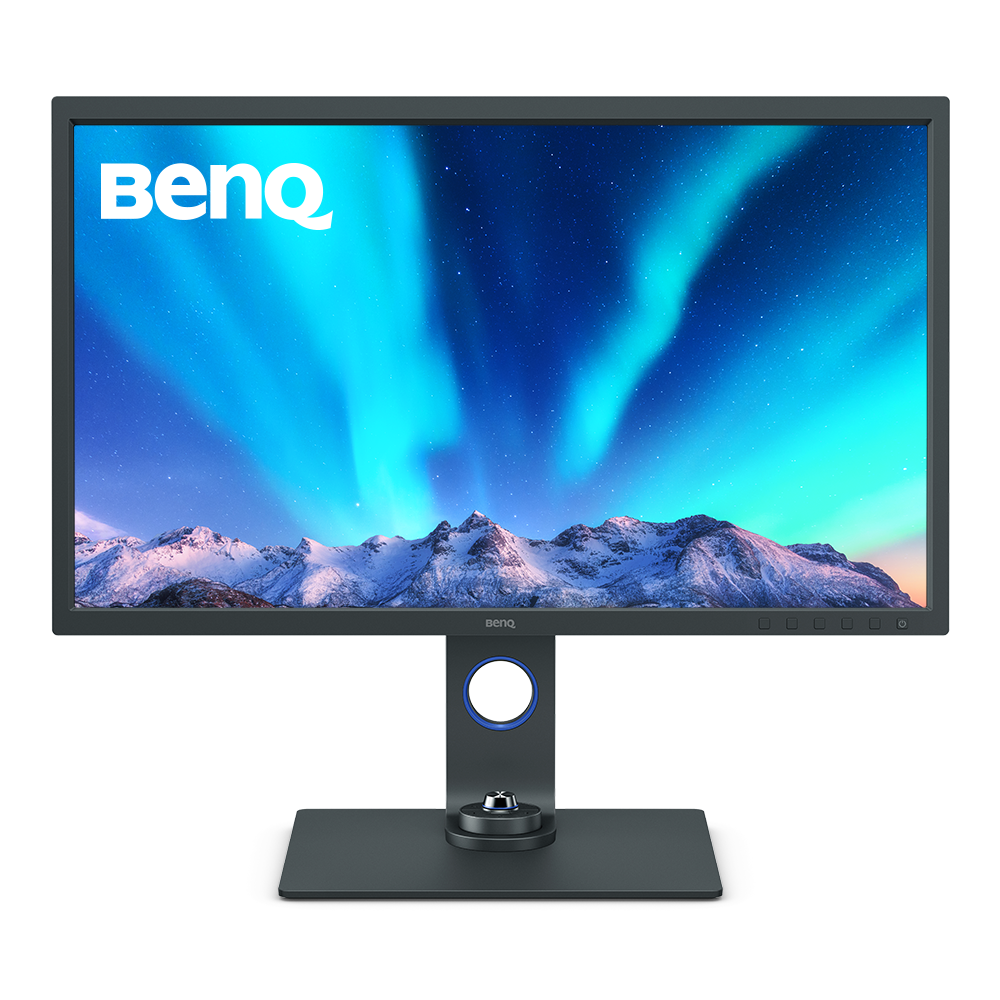

BenQ 4K Monitor
Be Amazed by the Clarity and Beauty of 4K UHD Picture Quality

Dive into the world of the game with vibrant colors and powerful audio effect.

Bring your inspirations to life with accurate colors and industry- leading technology.

BenQ's exclusive Nano Matte Panel, 4K Resolution and Coding Mode elevate your programming experience beyond crystal-clear text and image quality.

Work, learn and relax from the comfort of your home thanks to all-in-one monitor solution.

Elevate your 4K experience with our HDRi technology! HDRi adjusts the brightness levels depending on the ambient lighting conditions.

As one of the first monitor brands to prioritize eye-health, we strive to develop technology that will add high-quality comfort for your everyday. Take a look as to how our Eye-care technology can help you.

Work and game with colors you can trust thanks to our proprietary color optimization technology.
